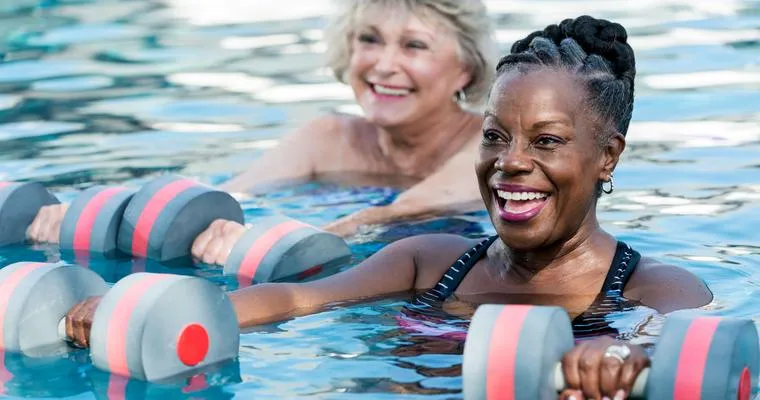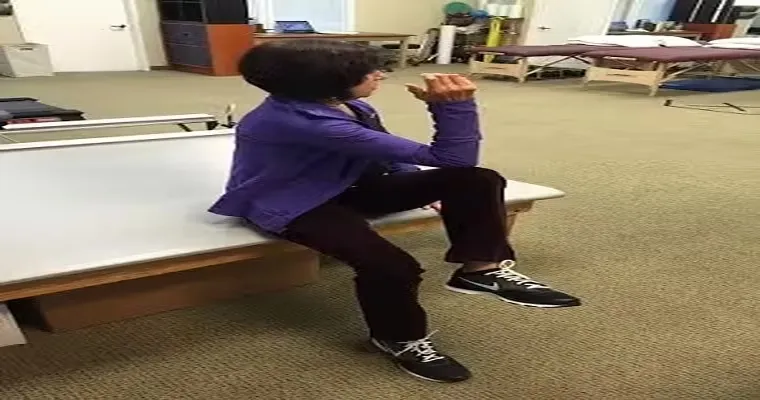As we age, maintaining physical health becomes increasingly important, and "aquatic exercise for the elderly" offers a unique solution. Engaging in water-based activities provides numerous benefits, including improved "mobility", enhanced "strength", and a reduced risk of injuries. The buoyancy of water allows older adults to engage in physical activity without putting excessive strain on their joints. This makes aquatic exercise an excellent choice for seniors looking to stay active while enjoying a low-impact workout.
Benefits of Aquatic Exercise
One of the primary advantages of "aquatic exercise for seniors" is its ability to promote "cardiovascular health". Regular participation in water aerobics or swimming can help lower blood pressure, improve circulation, and strengthen the heart. Additionally, the resistance of the water provides an excellent environment for building "muscle strength". Because water is denser than air, even simple movements can become a form of resistance training, leading to better muscle tone and endurance.
Another significant benefit is the "improved flexibility" that aquatic exercise can offer. The natural buoyancy of water supports the body, allowing for a greater range of motion without the fear of falls or injuries. Simple stretching routines performed in the water can help alleviate stiffness and enhance overall flexibility, making daily activities easier and more enjoyable.
Social Interaction and Mental Health
Beyond the physical benefits, "aquatic exercise for the elderly" also fosters social interaction. Many seniors participate in group classes, which can lead to new friendships and a sense of community. The social aspect of these classes can significantly impact mental health, reducing feelings of isolation and loneliness. Participating in group exercises also encourages accountability, motivating seniors to stick to a regular workout routine.
Types of Aquatic Exercises
There are various forms of "aquatic exercise" tailored specifically for the elderly. Water aerobics classes are popular and often designed to accommodate different fitness levels. These classes typically include a mix of cardiovascular, strength, and flexibility exercises, making them a well-rounded option for seniors. Other options include swimming laps, water walking, and even water yoga or tai chi, all of which can be modified to suit individual abilities.
Safety Considerations
While "aquatic exercise" is generally safe for most older adults, it is essential to consider a few safety precautions. Seniors should consult with their healthcare provider before starting any new exercise program, especially if they have existing health conditions. It is also crucial to choose a facility that offers appropriate support, such as lifeguards or trained instructors who can assist if necessary.
Conclusion
In summary, "aquatic exercise for the elderly" is a fantastic way to stay active and healthy. With its numerous benefits, including improved "mobility", enhanced "strength", and opportunities for social interaction, water-based activities can contribute significantly to a senior's overall well-being. By incorporating aquatic exercise into their routine, older adults can enjoy a fulfilling and active lifestyle while minimizing the risk of injury. Whether through water aerobics, swimming, or simply walking in the pool, the options are plentiful, and the rewards are undeniable.





